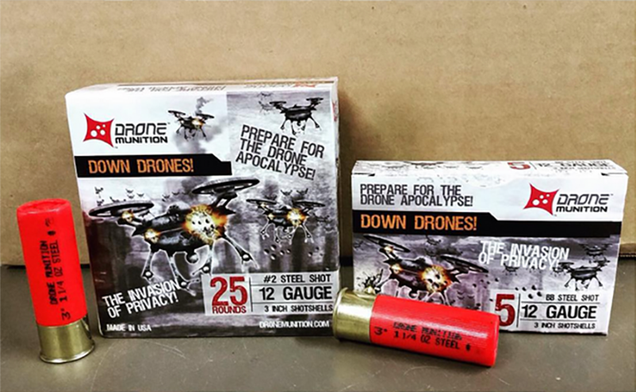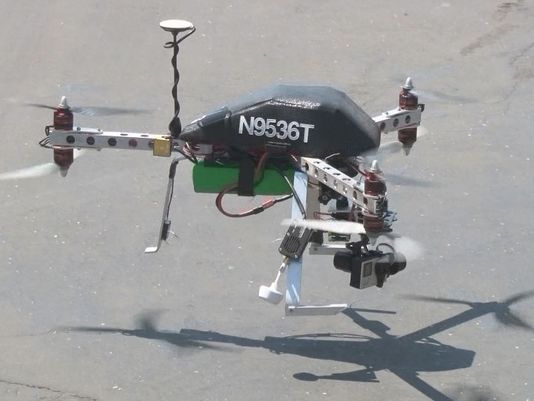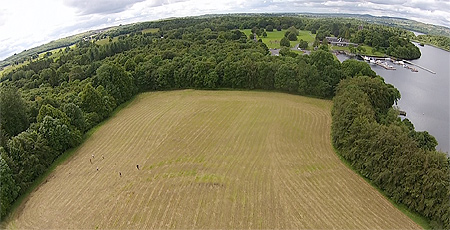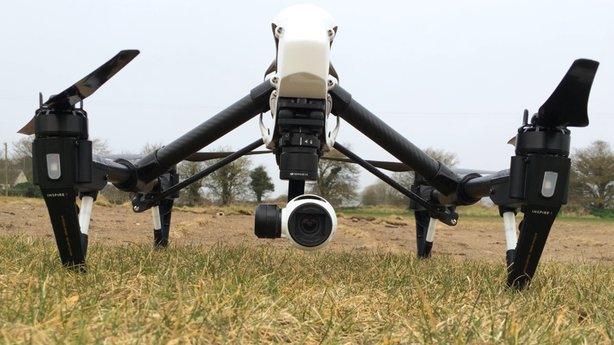By HE&IT
Aug 17, 2015 – 7:17:43 AM |
|
 |
| Federal Aviation Administration Administrator Michael Huerta |
Last June Michael Huerta was named one of “8 Most Influential People in Drones” by dronedefinition.com. The group of eight included thought leaders who want to deliver packages to your door via a drone, mount cameras on unmanned aerial vehicles, and sell drones that will follow you wherever you go.
Also in the lineup was a 20-something inventor who built his first drone using parts from a Nintendo Wii and a lawyer who took on the first ever Federal Aviation Administration (FAA) case against a drone – and won. FAA Administrator Michael Huerta was recognized as “the face of the organization that will ultimately decide the fate of commercial unmanned aerial vehicles (UAVs) in the United States.”
In a blog post on the transportation department’s website, Administrator Huerta, 57, said that the unmanned aircraft system (UAS) industry is changing faster than any segment of the aviation industry.
“So many bright minds are focused on advancing this technology. People are finding new ways to use these devices on almost a daily basis,” he wrote.
Huerta added that the FAA’s next step is to determine if and how unmanned aircraft operations in America can be safely expanded in partnership with three leading U.S. companies.
“CNN, PrecisionHawk, and BNSF Railroad have committed extensive resources toward research that will help us expand the range of FAA-approved UAS operations in the next few years,” Huerta continued.
“Their work will provide significant insight into how unmanned aircraft can be used to transform the way certain industries do business – whether that means reporting on a natural disaster, checking on the health of crops, or making sure trains run on time,” he said.
In December 2013, the FAA selected six public entities to develop unmanned aircraft systems research and test sites around the country. In one interview, Huerta called the selection of the six test sites “an important step in the evolution of unmanned aircraft in the United States.”
“This is a technology that shows great promise but also brings significant challenges, so our test sites provide a structured framework where we’re able to conduct research, conduct test operations, and really understand how we can safely integrate these aircraft into the national airspace,” he said.
The FAA chose the six unmanned aircraft systems research and test site operators after a 10-month selection process involving 25 proposals from 24 states. The test sites – University of Alaska, Nevada, New York’s Griffiss International Airport, North Dakota Department of Commerce, Texas A&M University-Corpus Christi, and Virginia Polytechnic Institute and State University (Virginia Tech) – are designed to collect data for the FAA concerning safe integration of unmanned aircraft systems into the national airspace, which is expected in 2015.
HE&IT magazine’s Career Voices department features Texas A&M University-Corpus Christi’s Lone Star Unmanned Aircraft Systems Center, one of the six test sites selected by the FAA to research drone technology.
Huerta has also addressed hot button issues about privacy concerns and the commercial use of drones.
“The thing that we care about, first and foremost, is the safety of our national airspace system. And these aircraft operate very differently, and they operate in the same airspace with a wide variety of other users,” he told NPR.
Just before the holidays last December, Huerta and representatives of the Association of Unmanned Vehicle Systems International, the Academy of Model Aeronautics, and the Small UAV Coalition joined to launch a “Know Before You Fly” website and educational campaign. Amazon, 3D Robotics, Airware, and camera manufacturer GoPro are some of the Small UAV Coalition members.
The knowbeforeyoufly.org website summarized the rules that apply to each of three categories of users: recreational, business, and the public.
Know Before You Fly
1. Don’t fly above 400 feet.
2. Keep your unmanned aircraft within sight.
3. Don’t operate near people or crowds.
4. Do not fly an unmanned aircraft within five miles of an airport without notifying FAA Air Traffic Control or the airport operator. These conversations with Air Traffic Control are critical for safety.
5. You may only fly unmanned aircraft for hobby or recreational uses–you cannot earn money or use it for your business unless you get prior authorization from the FAA.
6. Please respect the privacy of everyone. No taking pictures of people if they are not expecting it!
7. Join a model aircraft club to help you learn how to safely operate and enjoy your aircraft.
In February, the FAA offered safety rules for small unmanned aircraft (under 55 pounds) conducting non-recreational operations. Under the proposed rules, the person flying a small unmanned aircraft would be an “operator.” An operator would have to be at least 17 years old, pass an aeronautical knowledge test, and obtain an FAA UAS operator certificate. To maintain certification, the operator would have to pass the FAA knowledge tests every 24 months.
The new rules also propose operating limitations designed to minimize risks to other aircraft and people and property on the ground:
1. The operator must discontinue the flight when continuing would pose a hazard to other aircraft, people, or property.
2. A small UAS may not fly over people, except those directly involved with the flight.
3. Flights should be limited to 500 feet altitude and no faster than 100 mph.
4. Operators must stay out of airport flight paths and restricted airspace areas and obey any FAA Temporary Flight Restrictions.
The rule maintains the existing prohibition against operating in a careless or reckless manner. It also would bar an operator from allowing any object to be dropped from the UAS.
The FAA is also asking for comment on how the agency can leverage the Unmanned Aircraft Systems (UAS) test site program and an upcoming UAS Center of Excellence to further spur innovation at “innovation zones.”
Next-Generation Technology
FAA employees work with next-generation technology at airports, regional offices and centers, and headquarters in Washington, D.C. It takes the combined efforts of air traffic control, engineering, safety and security, acquisition, contracts, or IT.
The workforce includes:
Air Traffic Controllers
Aviation Safety Inspectors
Airways Transportation Systems Specialists
Engineers
Program Managers
Technicians
Learn more about the different types of FAA occupations in the Career Fields section
http://blackengineer.com/artman2/publish/HISPANIC_ENGINEER_55/How-the-FAA-Boss-is-Keeping-the-Skies-Safe.shtml









